For transportation, we dropped our boats and gear at the start and left a person. We then drove to Portage (about a 45 minute 1 way trip) and parked in the public lot. We then hired a taxi that took 3 paddlers back to the start. That way, we could paddle downriver and have our cars waiting for us at the end.
Great weather and some solid scenery. We passed through a few canyons, and got out for an impromptu hike. We found cam on one of the many islands before the river opens up into a bit of lake, just before Witches Gulch. This is important, because there is no spots for camping once you pass this area.
So nonetheless, we found a good island campsite and called it a night.
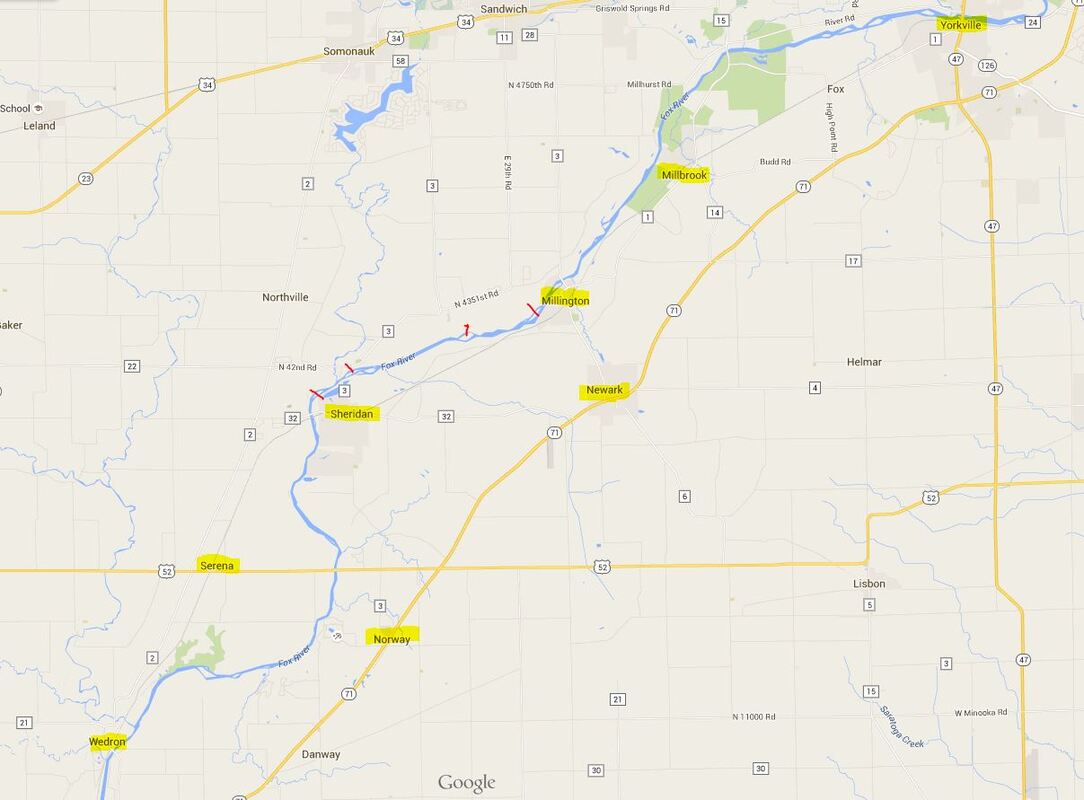
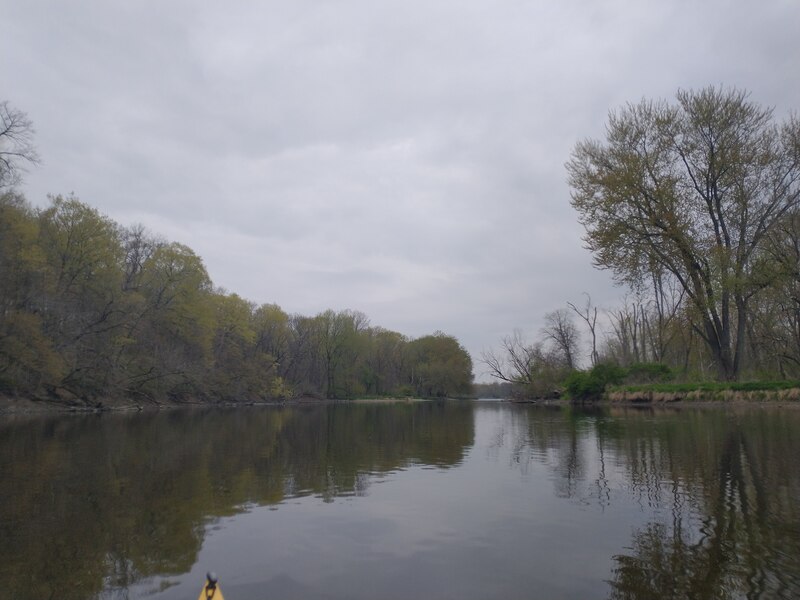
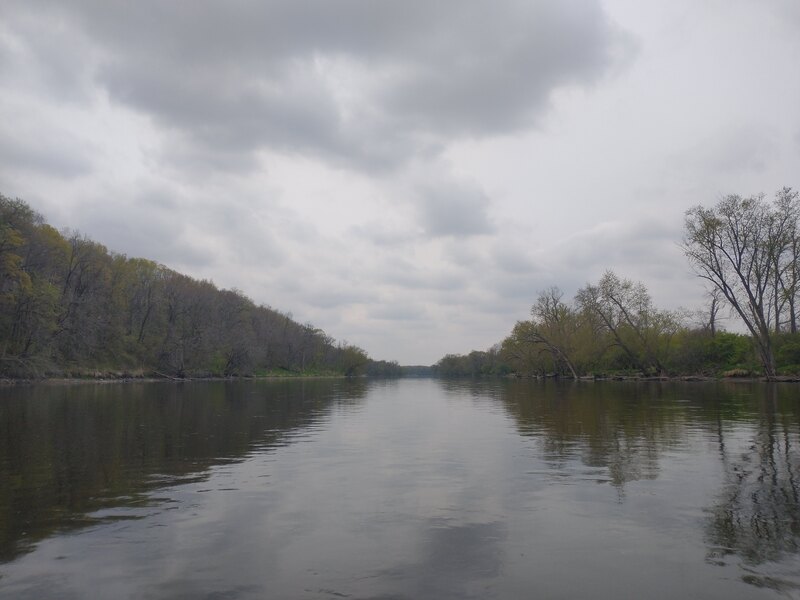
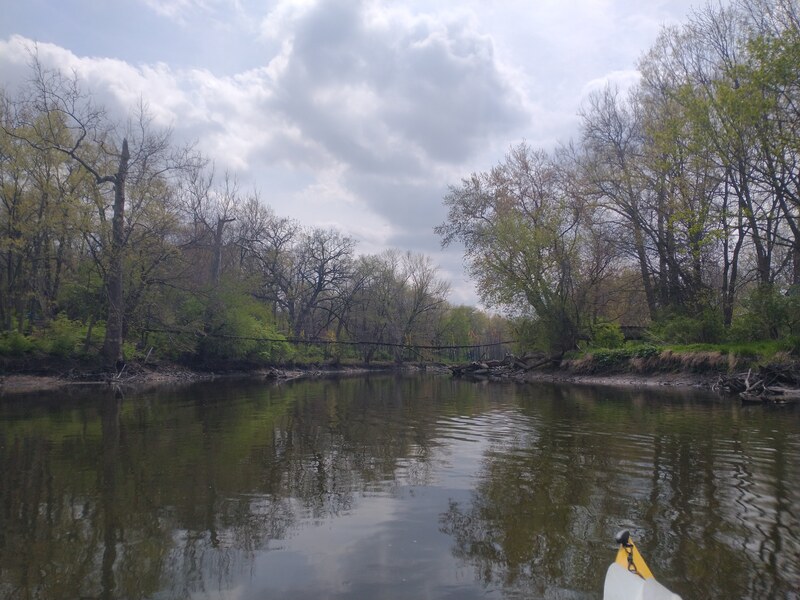
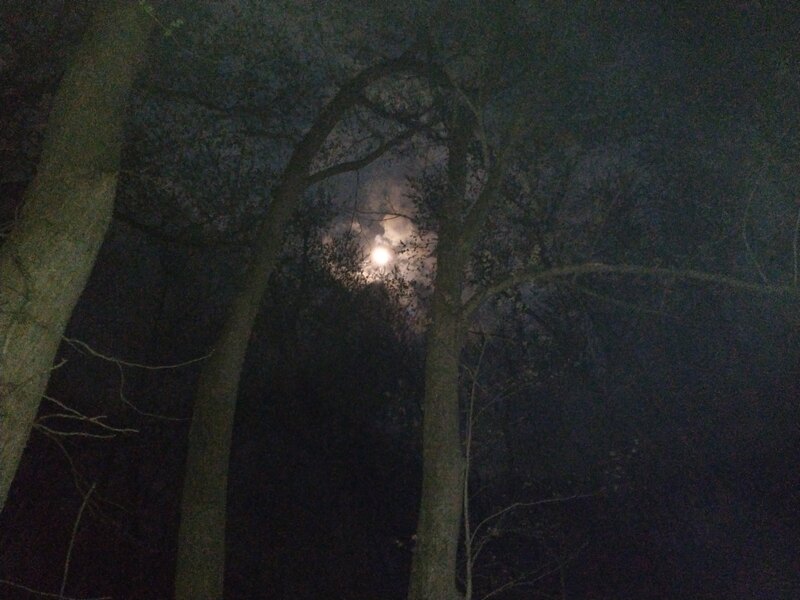
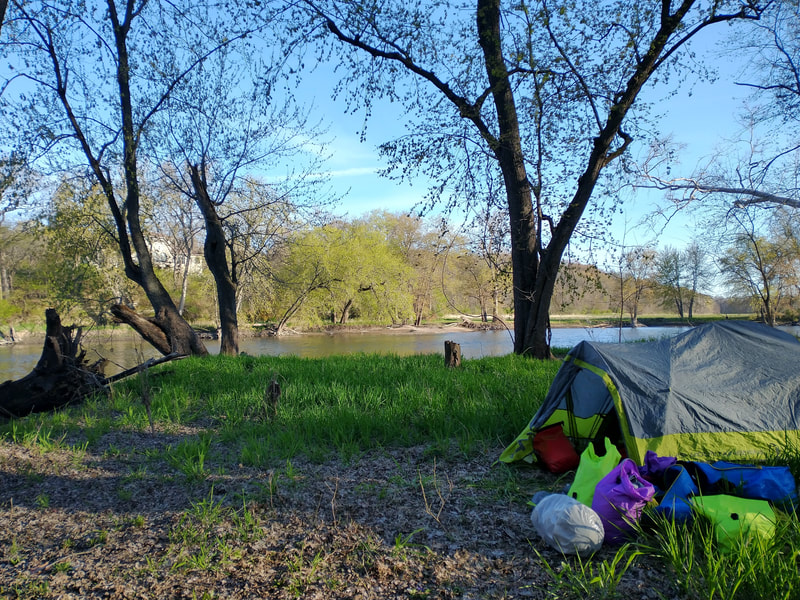
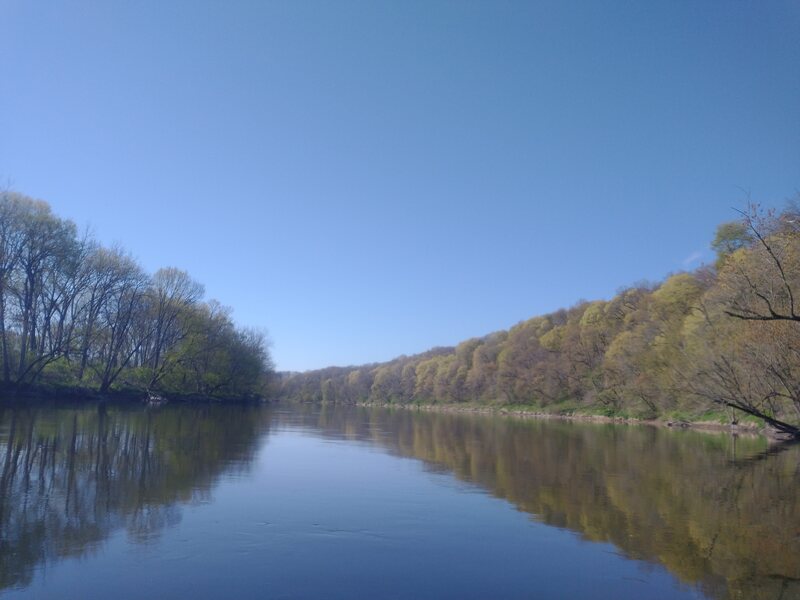
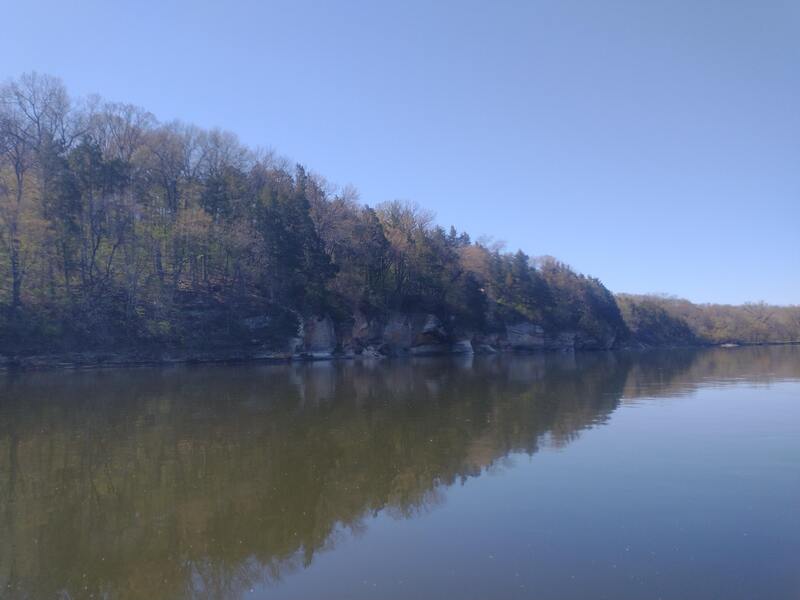
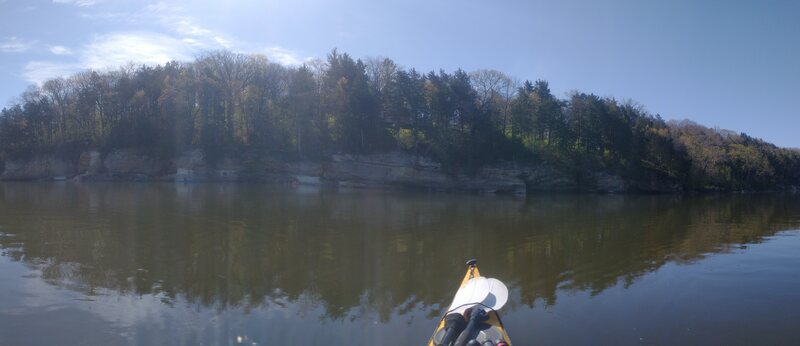
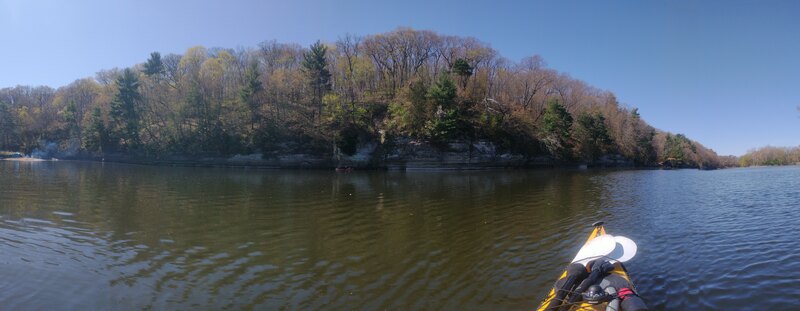
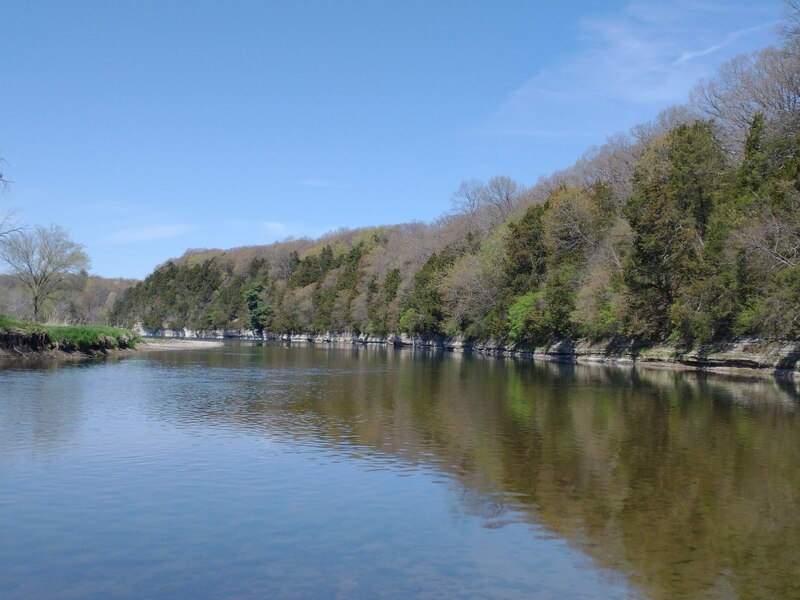
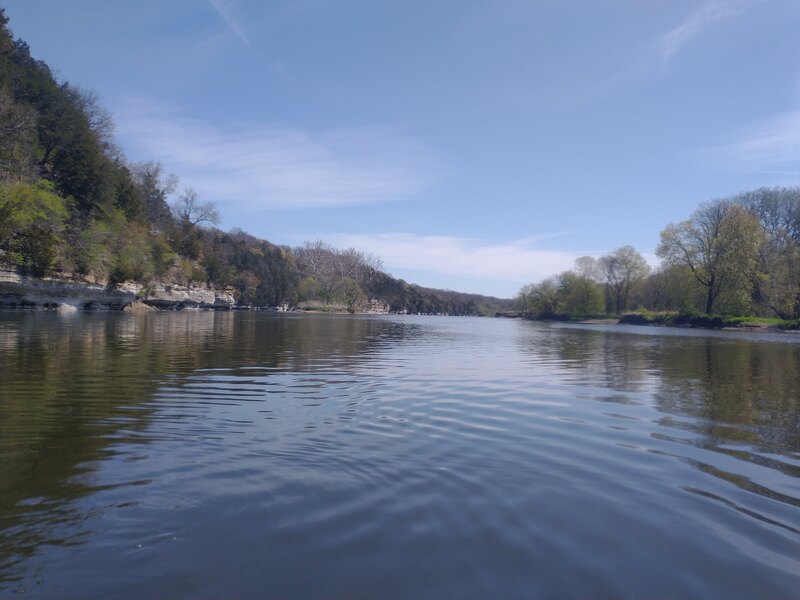
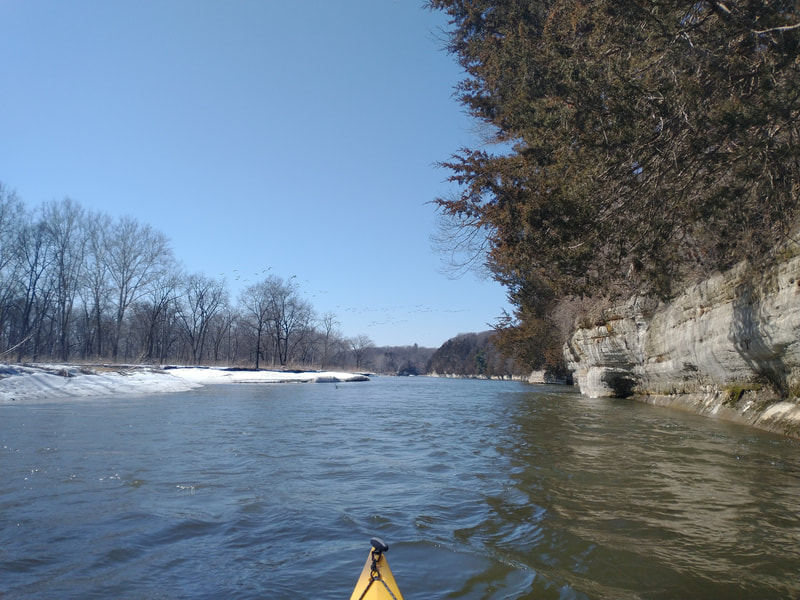

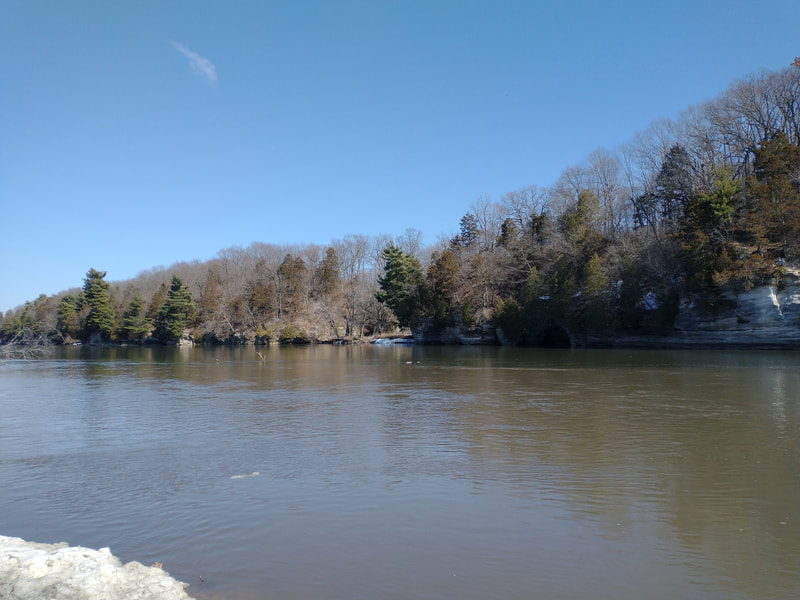
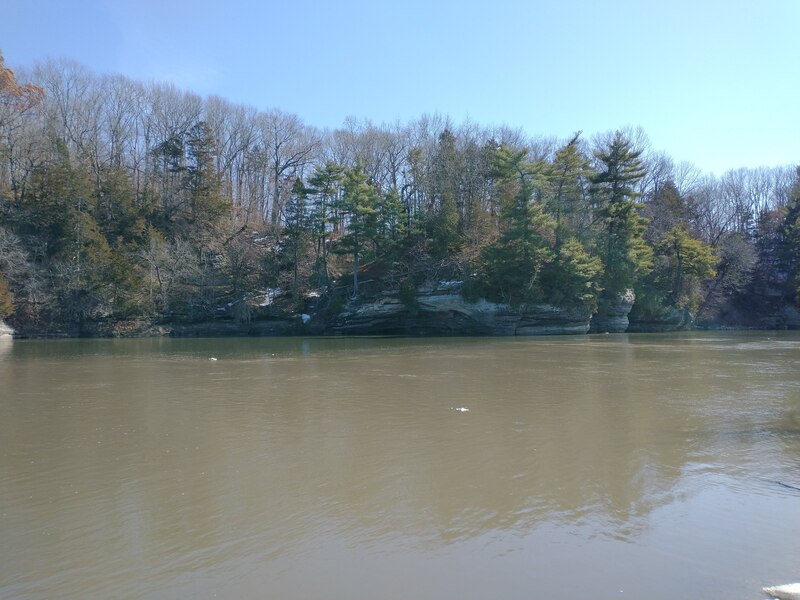

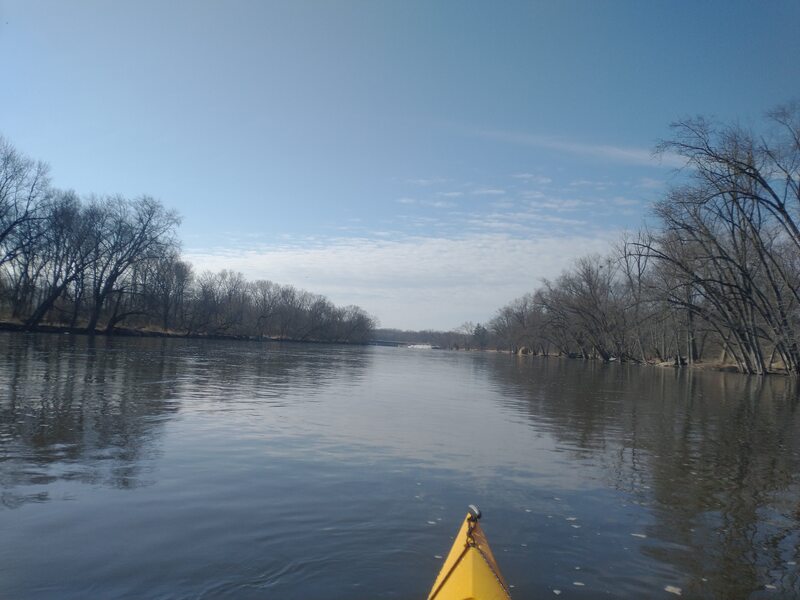
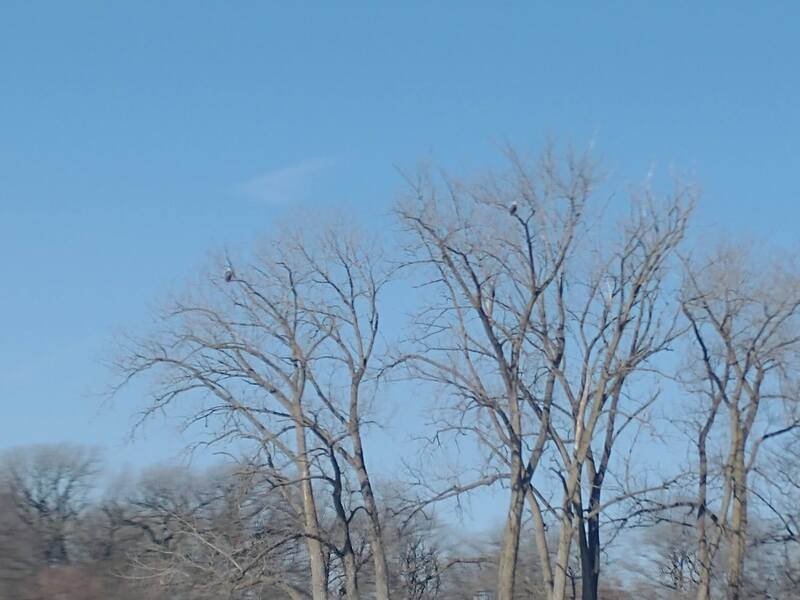
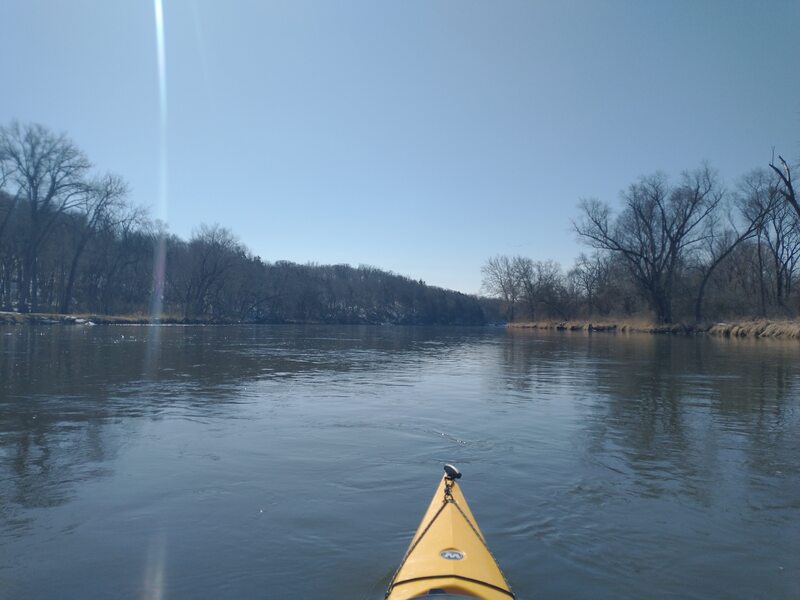
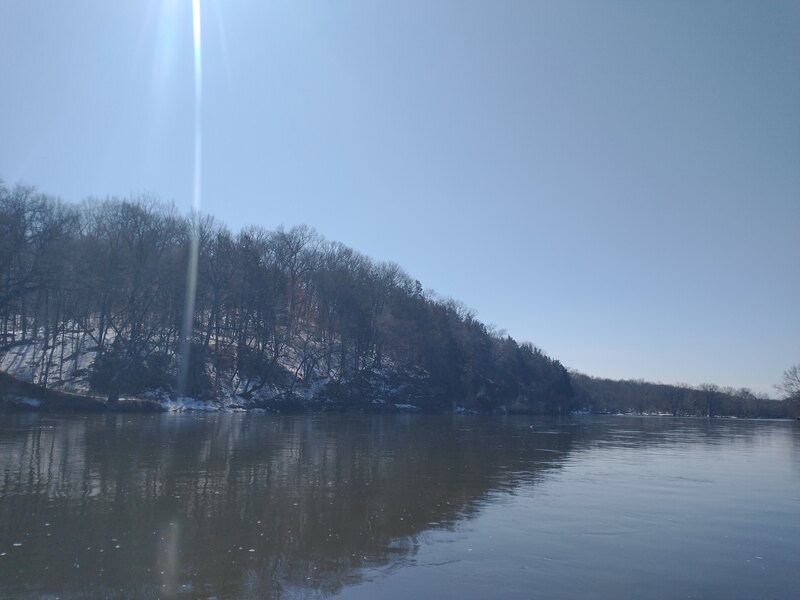
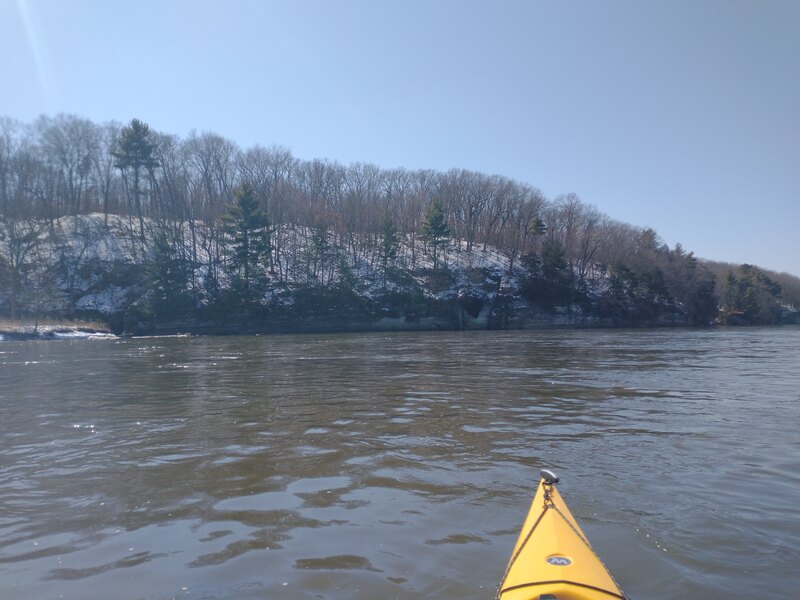
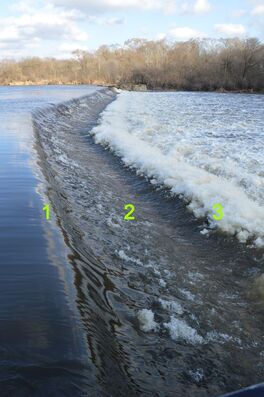
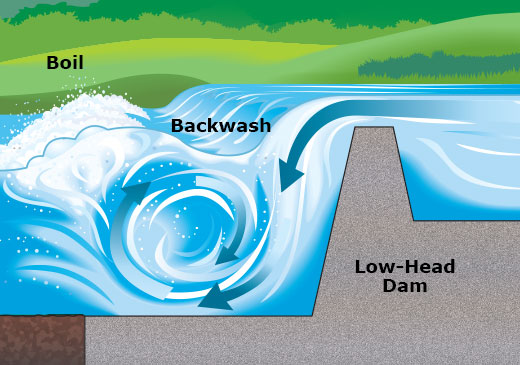
 RSS Feed
RSS Feed
